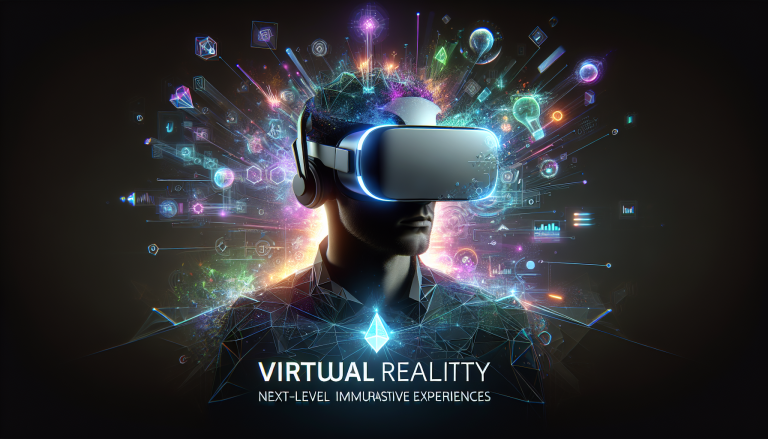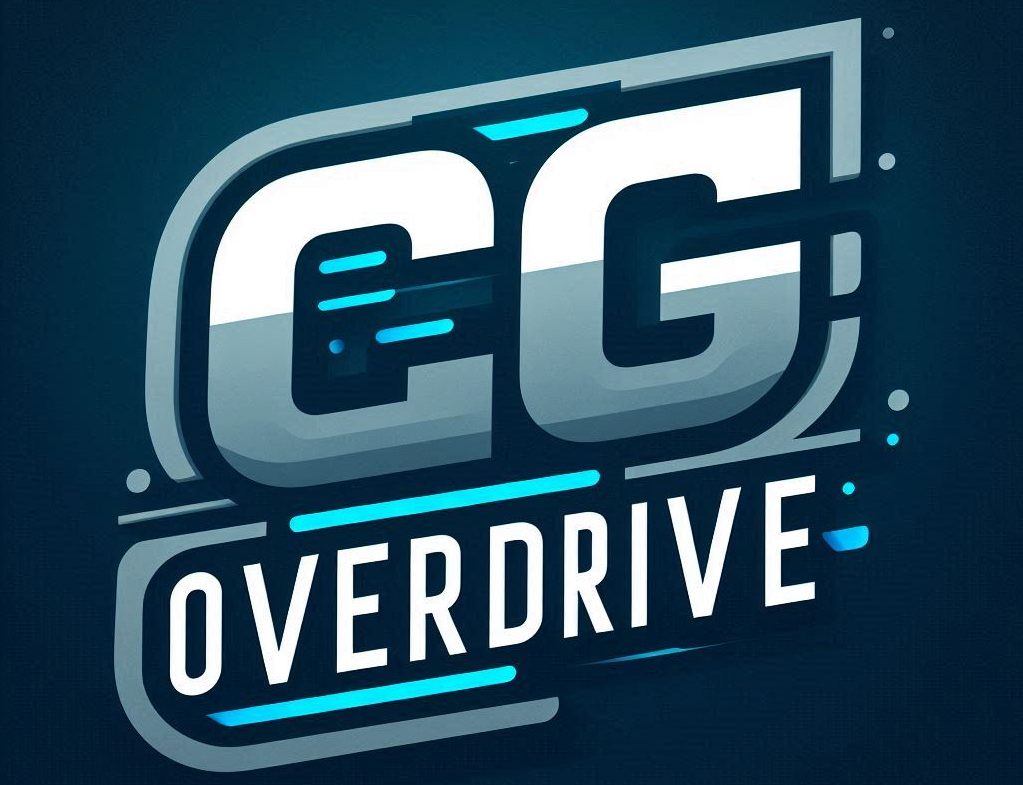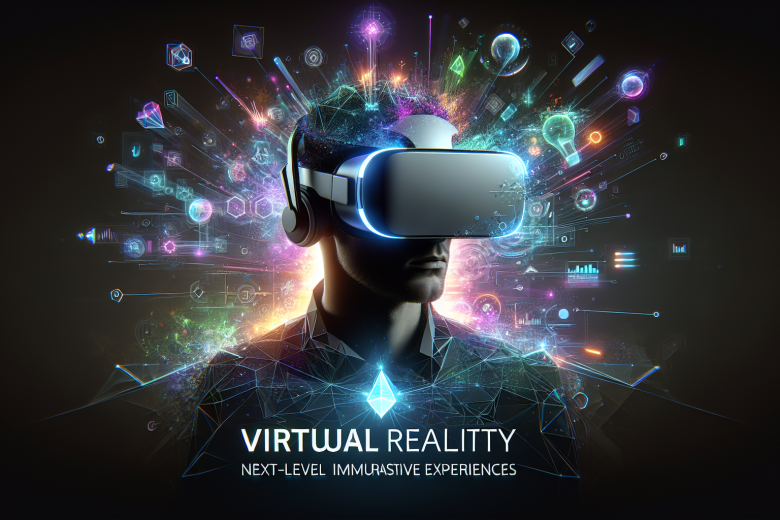Virtual Reality: Revolutionizing Computer Graphics and Immersive Storytelling
Virtual Reality (VR) stands at the intersection of cutting-edge computer graphics, interactive design, and immersive storytelling, pushing the boundaries of how we experience digital worlds. From gaming to training simulations and cinematic experiences, VR leverages advanced CG techniques to construct compelling alternate realities. For creators and technologists alike, mastering VR means mastering a new language of engagement—one that fully immerses users in 3D spaces governed by real-time graphics rendering and intuitive interaction. This article unpacks the core facets of VR within the computer graphics industry, offering practical insights into design, development workflows, optimization, and the future potential of VR-powered storytelling.
Understanding VR’s Unique Demands on Computer Graphics
Unlike traditional 2D or even 3D on-screen experiences, VR immerses users within a stereoscopic environment, requiring extremely low latency and ultra-high frame rates to avoid motion sickness and maintain presence. This demand translates to very specific challenges in CG rendering pipelines:
– **Real-Time Rendering:** VR must maintain at least 90 frames per second (fps) to deliver smooth experiences, doubling the rendering workload due to separate views for each eye.
– **High-Resolution Textures:** Screen door effect mitigation requires crisp texture resolution without sacrificing performance.
– **Dynamic Lighting and Shadows:** Realistic lighting enriches immersion but is computationally expensive and needs efficient techniques such as baked lighting or hybrid real-time/global illumination solutions.
– **Optimized Geometry:** The polygon budget is tight; developers must balance scene complexity with performance using Level of Detail (LOD) models and mesh simplification algorithms.
Mastering these factors involves a delicate balancing act between graphical fidelity and system resources, often pushing the boundaries of GPU capabilities while maintaining strict latency budgets.
Key VR Development Workflow Components for Computer Graphics Artists
Creating compelling VR experiences demands a cross-disciplinary approach, marrying artistic vision with technical constraints. Below is a structured workflow highlighting critical steps and best practices:
| Stage | Focus Area | Practical Tips |
|———————|——————————–|————————————————————————————————|
| Concept & Design | Storyboarding VR Interactions | Design with 3D space and user movement in mind; storyboards should map to user viewpoints. |
| Asset Creation | High-Quality, Optimized Models | Use modular assets and LODs; employ normal and parallax maps to simulate detail effectively. |
| Texturing & Shading | Physically-Based Rendering | Employ PBR materials to enhance realism while keeping shader complexity manageable. |
| Lighting | Real-Time & Baked Illumination | Combine baked GI for static objects with real-time lights for dynamic effects. |
| Animation | Spatial Interaction | Adhere to VR comfort guidelines; use natural, smooth animations synced to user input. |

| Integration | Engine-Specific Optimization | Focus on engines like Unity or Unreal Engine with VR plugins; use occlusion culling and batching.|
| Testing | User Experience & Performance | Conduct VR presence and comfort testing; optimize to meet frame rate and latency targets. |
This framework ensures a systematic approach that enables teams to manage VR’s complexity while crafting polished, immersive worlds.
Optimizing Performance: The Cornerstone of VR Success
One of the greatest challenges in VR production lies in preserving seamless performance without compromising visual quality. Here are targeted strategies to achieve this balance:
**1. Foveated Rendering:**
By tracking the user’s gaze, foveated rendering concentrates high visual fidelity only in the focal area while reducing detail in the peripheral vision. This can significantly decrease GPU load.
**2. Adaptive Level of Detail (LOD):**
Implement dynamic LOD systems that adjust mesh and texture resolutions based on player proximity and importance to reduce unnecessary rendering detail.
**3. Occlusion Culling:**
Prevent rendering of objects blocked from the user’s view by intelligently determining visible geometry, thus saving computational resources.
**4. Efficient Shader Use:**
Simplify shaders by leveraging Unlit or Mobile shaders where appropriate, minimize expensive calculations, and precompute lighting when possible.
**5. Asynchronous TimeWarp & SpaceWarp:**
Techniques that reproject frames to compensate for dropped frames help maintain smooth motion and prevent VR sickness.
Developers who successfully incorporate these techniques create experiences that not only look stunning but remain comfortable and immersive for users.
The Role of Visual Effects in Enhancing VR Immersion
Visual Effects (VFX) in VR transcend traditional post-production—they are real-time and interactive, which requires collaboration between CG artists, VFX specialists, and developers:
– **Particle Systems:** Essential for dynamic elements like fire, smoke, and magic spells. In VR, particles must consider 3D volume and interaction with the environment.
– **Volumetric Lighting:** Adds depth and realism; volumetric fog or god rays guide user attention and enhance atmosphere.
– **Decals and Impact Marks:** Real-time placement of effects like bullet holes or footprints increases environmental believability.
– **Post-Processing Effects:** Carefully balanced bloom, color grading, and motion blur improve aesthetics without inducing discomfort.
Integrating these elements effectively demands both creative vision and understanding of how visual cues shape user perception within immersive spaces.
Empowering VR Creators with Emerging Tools & Techniques
The VR space constantly evolves as new hardware and software tools emerge. Here are some frontiers VR creators should explore:
– **AI-Driven Content Creation:** Generative models now assist with procedural asset generation, animation synthesis, and texture creation, streamlining the workload on artists.
– **Mixed Reality Capture:** Combining VR with real-world video using volumetric capture techniques opens new experiential potentials for storytelling.
– **Hand Tracking & Haptics:** Gesture-based inputs and tactile feedback enhance immersion beyond traditional controllers, offering more natural interactions.
– **Cloud-Based Rendering:** Offloading rendering to cloud servers promises more complex visuals on lighter devices, democratizing VR development.
– **OpenXR Standard:** Adoption facilitates cross-platform compatibility, enabling developers to reach wider audiences efficiently.
Keeping abreast of these trends equips creators with innovative approaches to elevate their VR projects.
Practical Advice for Aspiring VR Developers and Artists
For those venturing into VR within the computer graphics industry, success comes from meticulous attention to detail and continuous iteration. Here are actionable insights:
– **Prioritize User Comfort:** Avoid rapid movements and unnatural interactions; familiarize with established VR comfort guidelines like minimizing acceleration and sustaining frame rates.
– **Prototype Early and Often:** Build minimal viable environments to test core mechanics and performance on target hardware before investing in high-fidelity assets.
– **Collaborate Cross-Functionally:** VR requires synergy between artists, programmers, designers, and sound engineers—effective communication accelerates problem-solving.
– **Leverage VR SDKs and Frameworks:** Tools like SteamVR, Oculus SDK, and OpenXR provide extensive APIs to streamline development.
– **Stay Performance-Conscious:** Profile regularly using tools like Oculus Profiler or Unity’s Frame Debugger to identify bottlenecks.
– **Engage with the Community:** Participate in VR developer forums, attend workshops, and contribute to open-source projects to stay informed and connected.
Employing these practices empowers creators to deliver immersive VR experiences that resonate with users and push computer graphics technology forward.
Visual Comparison: VR vs. Traditional Gaming Graphics Pipelines
| Aspect | VR Computer Graphics | Traditional Gaming Graphics |
|———————–|———————————————|———————————————-|
| Frame Rate Target | Minimum 90 fps (high consistency) | Often 30-60 fps |
| Rendering Views | Dual viewport (one per eye) | Single or split-screen |
| Latency Requirements | Under 20ms to avoid motion sickness | Higher latency tolerance |
| Asset Optimization | Aggressive LOD, mesh reduction | Moderate LOD, focus on visual fidelity |
| Interaction Paradigm | Natural motion tracking, spatial input | Controller/keyboard/mouse input |
| Visual Effects | Real-time, volumetric and spatially aware | Mostly screen-space effects |
| Hardware Constraints | Limited by headset GPU and mobile hardware | PC and console hardware generally more powerful |
This comparison highlights why VR production demands specialized computer graphics skills tailored to the immersive, real-time nature of VR environments.
—
Virtual Reality is fundamentally reshaping the computer graphics landscape by demanding not just high-quality visuals but fully immersive, human-centered experiences. For innovators in VR, the pursuit of seamless immersion means mastering a sophisticated blend of artistic vision, technical prowess, and cutting-edge technology. By embracing these principles, creators can craft transformative VR worlds that inspire, engage, and elevate the future of interactive storytelling.

